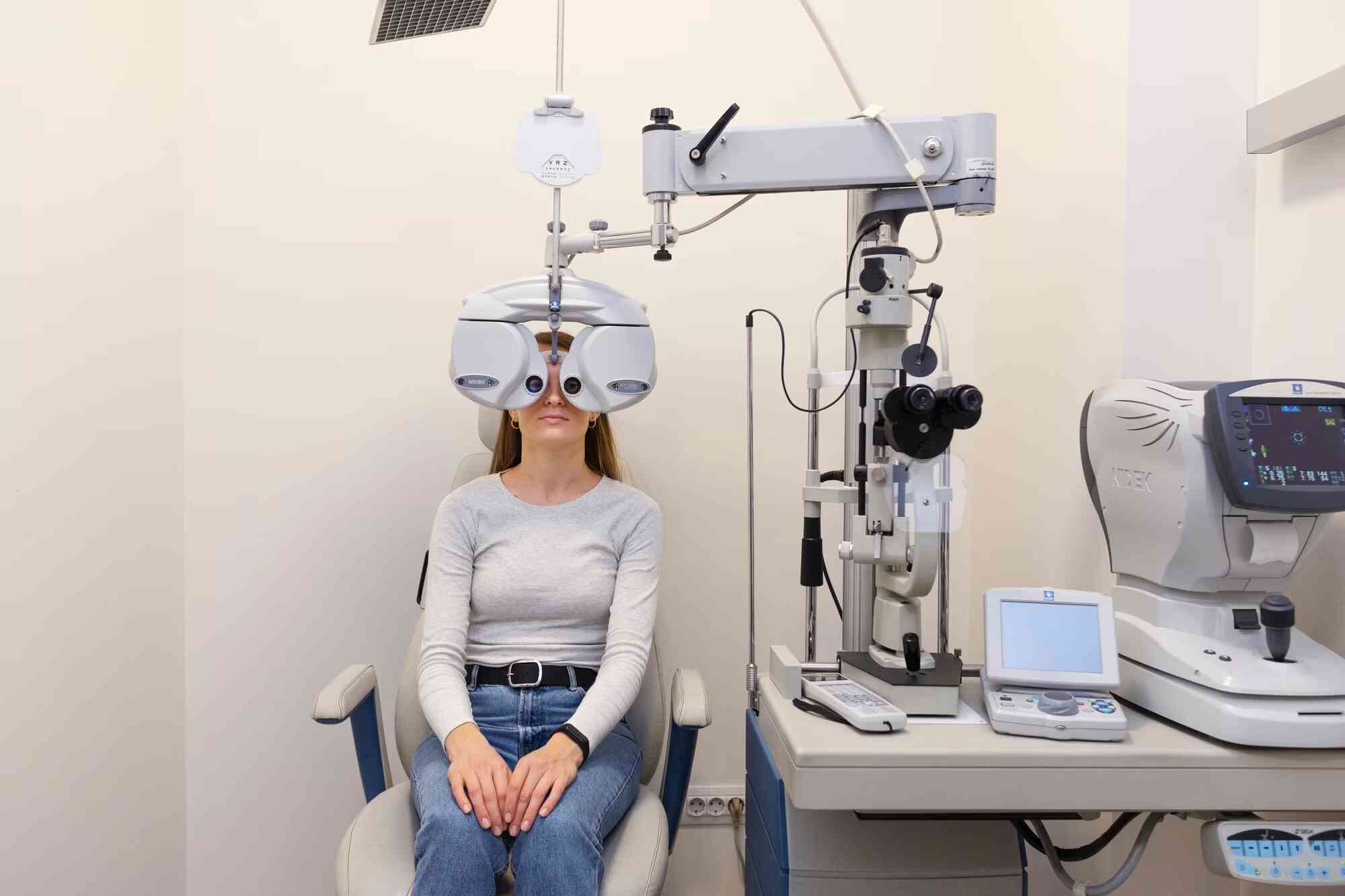Healthcare can be a complex field, with many medical terms and concepts that can be difficult to understand for the average person. Fortunately, medical videos can be a valuable tool in helping to explain healthcare and make medical information more accessible to everyone. In this article, we will explore why medical videos are important, what makes a good medical video, and how to create effective medical videos that can help explain healthcare to patients, caregivers, and the general public.
Why are medical videos important?

Medical videos are important because they can help bridge the gap between healthcare professionals and the general public. Medical terminology and concepts can be confusing and difficult to understand, but medical videos can break down complex information into easily digestible pieces. They can also help to educate patients and caregivers about medical conditions, procedures, and treatments, which can lead to better outcomes and improved quality of life.
Medical videos can also be an effective tool for healthcare professionals to educate themselves and keep up-to-date with the latest developments in their field. Medical videos can be a valuable resource for medical schools, hospitals, and healthcare organizations, helping to improve patient care and outcomes.
What makes a good medical video?
There are several key elements that make a good medical video. First and foremost, a good medical video should be informative and accurate. The information presented in the video should be clear, concise, and based on current medical research and best practices.
Secondly, a good medical video should be engaging and easy to understand. The use of visuals, animations, and real-life examples can help to make complex medical concepts more accessible to the viewer. The use of simple language and clear explanations can also help to make medical information more understandable.
Using a free online video maker tool can be a great way to create high-quality medical videos without any prior video creation experience. Such tools often come with a range of features, including pre-designed video templates, animations, and easy-to-use editing tools, making it easier to create engaging and visually appealing medical videos. By using it, healthcare professionals and educators can create high-quality medical videos quickly and easily, and make medical information more accessible to a wider audience.
Finally, a good medical video should be accessible to everyone. This means that it should be available in multiple languages, with closed captioning for the hearing impaired. It should also be easy to access and share, whether through social media, websites, or other online platforms.
How to create effective medical videos
Creating effective medical videos can be a challenge, but with the right approach and tools, it can be done. Here are some tips for creating effective medical videos:
1. Define your audience
The first step in creating an effective medical video is to define your audience. Who are you creating the video for? Patients, caregivers, healthcare professionals, or the general public? Once you have defined your audience, you can tailor your video content and style to meet their specific needs.
2. Choose a topic
The next step is to choose a topic for your medical video. This could be anything from a medical condition or disease to a specific medical procedure or treatment. Make sure that the topic is relevant to your audience and is something that they are interested in learning more about.
3. Research the topic
Once you have chosen your topic, it is important to research it thoroughly. This will help you to ensure that the information you present in your video is accurate and up-to-date. You can use a variety of sources for your research, including medical journals, textbooks, and online resources.
4. Develop a script
After you have researched your topic, you can begin to develop a script for your medical video. Your script should be clear, concise, and easy to understand. It should also be engaging and should capture the viewer’s attention from the start.
5. Use visuals
Visuals are an important element of any medical video. They can help to make complex medical concepts more accessible and understandable to the viewer. Use a combination of visuals, such as animations, diagrams, and real-life examples, to help illustrate your points.
6. Keep it short
Medical videos should be short and to the point. Try to keep your video under 5 minutes in length, as this is the optimal length for online video content. If you have much information to cover, consider breaking it into a series of shorter videos.
7. Edit and refine
Once you have created your medical video, it is important to edit and refine it. Make sure that the video flows well and that the visuals and audio are clear and easy to understand. You can also get feedback from others, such as healthcare professionals or patients, to ensure that the video is effective and informative.
8. Share your video
Once your medical video is complete, it is time to share it with your intended audience. You can do this through a variety of platforms, such as social media, your website, or online video-sharing platforms. Make sure that your video is easy to find and share, and that it is accessible to everyone.
Conclusion
Medical videos can be a valuable tool in helping to explain healthcare to patients, caregivers, and the general public. They can help to bridge the gap between healthcare professionals and the general public, making medical information more accessible and understandable. To create compelling medical videos, it is important to define your audience, choose a relevant topic, research it thoroughly, develop a clear and concise script, use visuals to illustrate your points, keep the video short, edit and refine it, and share it with your intended audience. By following these steps, you can create compelling medical videos that can help to improve patient care and outcomes.













